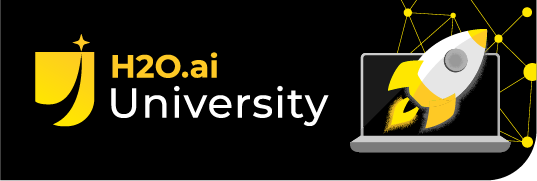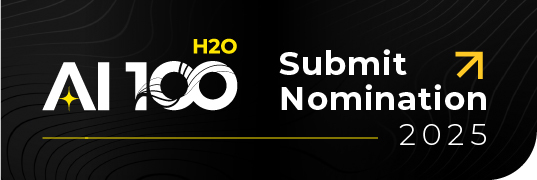- Activation Function
- Confusion Matrix
- Convolutional Neural Networks
- Forward Propagation
- Generative Adversarial Network
- Gradient Descent
- Linear Regression
- Logistic Regression
- Machine Learning Algorithms
- Multilayer Perceptron
- Naive Bayes
- Neural Networking and Deep Learning
- RuleFit
- Stack Ensemble
- Word2Vec
- XGBoost
A
C
D
G
M
N
R
S
X
- Activation Function
- Confusion Matrix
- Convolutional Neural Networks
- Forward Propagation
- Generative Adversarial Network
- Gradient Descent
- Linear Regression
- Logistic Regression
- Machine Learning Algorithms
- Multilayer Perceptron
- Naive Bayes
- Neural Networking and Deep Learning
- RuleFit
- Stack Ensemble
- Word2Vec
- XGBoost
Prediction
What is Machine Learning Prediction?
Machine learning prediction, or prediction in machine learning, refers to the output of an algorithm that has been trained on a historical dataset. The algorithm then generates probable values for unknown variables in each record of the new data. The purpose of prediction in machine learning is to project a probable data set that relates back to the original data. This helps organizations predict future customer behaviors and market changes. Essentially, prediction is used to fit a shape as closely to the data as possible. With machine learning predictions, organizations use proactive decisions to avoid predicted user churn. To gain the most success with prediction in machine learning, organizations need to have infrastructure in place to support the solutions, and high quality data to supply the algorithm.
Examples of Machine Learning Prediction
Prediction can be used to forecast the future and to predict the probability of an outcome. It can also be used to forecast future requirements or run a what-if analysis. One prediction tool is regression analysis which is used to determine the relationship between two variables (single regression) or more than two variables (multiple regression). Predictive analytics is when data is used to predict future trends or events. With predictive analytics, historical data is used to forecast potential scenarios and use these predictions to drive strategic business aimed decisions. Prediction can also be used to forecast future cash flow, determine staffing needs in the hospitality and entertainment industry, predict user behavior, prevent malfunctioning, and predict potential allergic reactions for patients in the healthcare industry.
Why is Machine Learning Prediction Important?
Prediction in machine learning allows organizations to make predictions about possible outcomes based on historical data.These assumptions allow the organization to make decisions resulting in tangible business results. Predictive analytics can be used to anticipate when users will churn or leave an organization. With this recognition, organizations have better potential to keep customers happy and satisfied.
Who Uses Prediction?
The prediction audience includes people who are in need of answers to future questions in order to make business decisions. Predictive analysis provides confident answers to complicated problems, explores new kinds of problems, and offers real time answers to problems with changing information. Prediction can be used by everyone because of its vast capabilities. It is helpful for businesses and other organizations when making decisions, but can also be used to make movie recommendations. Prediction is also used to detect fraud in previous transactions which is a function often used by banks.
Prediction FAQs
What predictive model should I use? When deciding on a predictive model, pay attention to what the dependent variable looks like to decide between regression, projection or classification. If computational performance is an issue then try using cheaper models. It can be useful to compare different models to find the best fit for the data.
What are the applications of prediction? Prediction can be used for spam email or phone call detection, healthcare diagnosis, fraud detection, financial outlook predictions and customer churn identification. Essentially it is used to predict a future outcome based on historical data, allowing organizations to strategically plan ahead.
How to interpret predictions? Different models have different levels of interpretability. Models typically do not show how they reached the provided outcomes. The model should be focused on skill to deliver results that add value.
Prediction vs Traditional Methods
Machine learning prediction is preferred over traditional methods because it is usually a better predictor. Since machine learning uses algorithms, it can identify patterns and relationships that humans cannot. Larger data sets are also able to be analyzed and turned into predictions. Traditional methods use humans for computation, which requires more time, money, and is subject to bias by human emotion or opinion. With users and the market constantly changing, machine learning prediction also provides the benefit of adapting quickly and higher efficiency.
Prediction vs classification: Classification is separating data into classes, whereas prediction is about fitting a shape that gets as close to the data as possible.
Prediction vs inference statistics: Prediction is the process of a machine learning model predicting potential data points. Inference statistics evaluate the difference between predictor and response variables.










